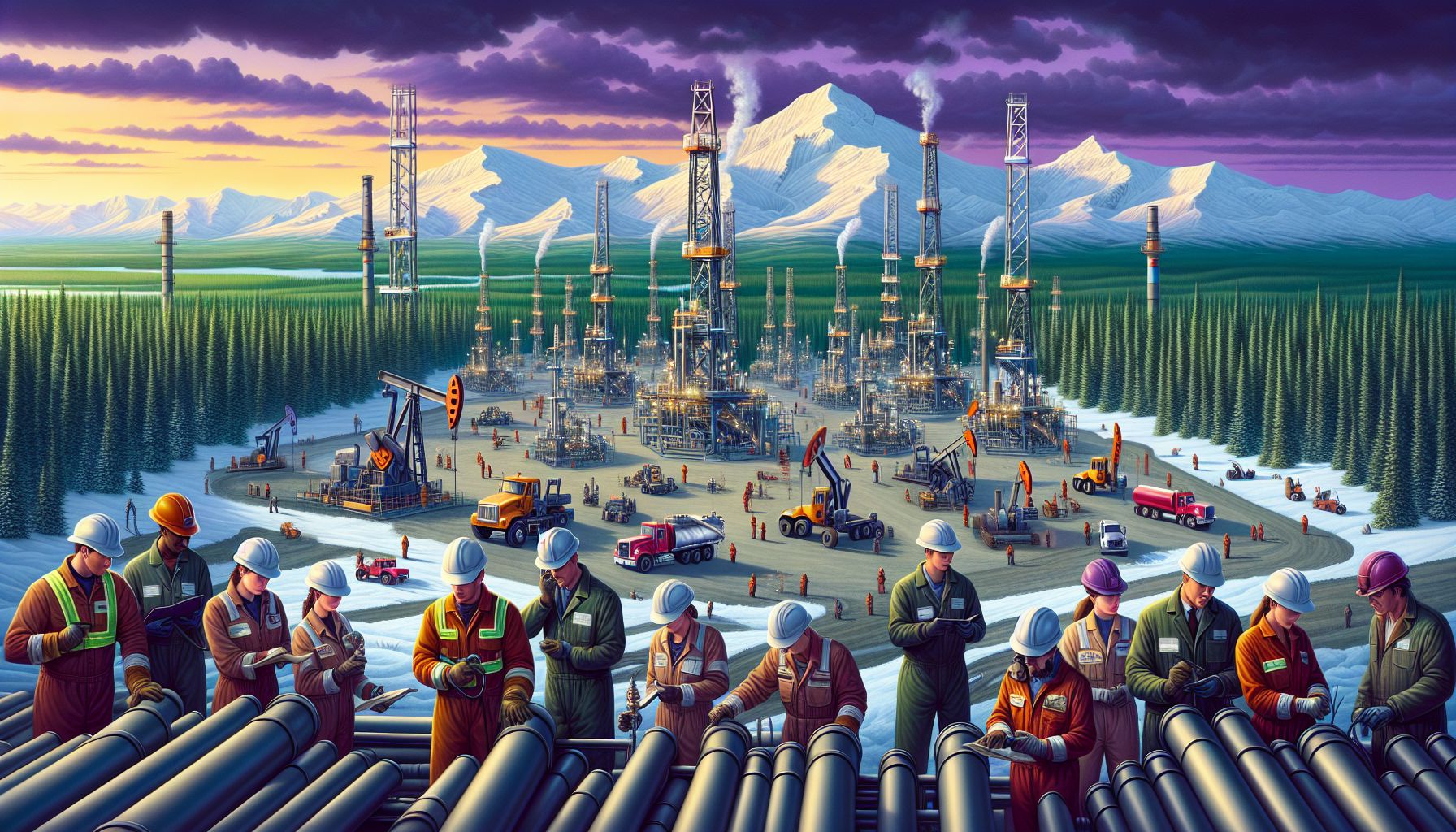Imagine a vast, sprawling landscape with rolling hills, pristine lakes, and endless forests. Now picture this natural beauty intermingled with colossal, towering structures, extruding from the ground like metallic giants. These structures, my friends, represent the undeniable presence of the oil and gas industry in Canada – a force to be reckoned with.
Canada, the second-largest country in the world by land area, is bestowed with abundant natural resources, making it a prime location for the oil and gas industry. From primary energy production to petroleum refining and distribution, this industry plays a pivotal role in the Canadian economy, providing ample job opportunities and contributing to the country’s overall prosperity.
Canada’s oil and gas industry is diverse, encompassing various sectors such as exploration, extraction, refining, and transportation. The vast reserves located in different regions of the country, including Alberta’s oil sands, make Canada one of the top global oil producers. In fact, Canada boasts the third-largest oil reserves in the world, with estimates suggesting that about 97% of these reserves are located in oil sands.
While the oil sands are a significant contributor to the industry’s growth, conventional oil and natural gas reserves also play an integral role. From offshore drilling in the Atlantic to onshore drilling in the Western Sedimentary Basin, Canada is home to a multitude of oil and gas fields waiting to be tapped into.
But what does all of this mean for Canada, its economy, and its people? First and foremost, the oil and gas industry in Canada provides a substantial number of jobs, both directly and indirectly. From engineers and geologists to truck drivers and construction workers, the industry offers a broad range of employment opportunities across various skill levels.
Moreover, the revenue generated by the oil and gas industry significantly contributes to the Canadian economy. Taxes, royalties, and other financial contributions from industry players ensure that the country’s infrastructure, healthcare, education, and social programs receive the necessary funding, ultimately benefiting all Canadians.
However, as with any industry, the oil and gas sector is not without its controversies. Environmental concerns surrounding extraction methods, such as oil sands mining, are a topic of heated debate. The industry’s carbon footprint and its impact on climate change have also come under scrutiny in recent years. It is crucial for the industry to continually adapt and innovate, finding more sustainable ways to extract and utilize these valuable resources.
In conclusion, the oil and gas industry in Canada is a double-edged sword. While it undeniably contributes to economic growth and job creation, it must address environmental concerns and work towards a more sustainable future. As technology advances and global energy demands evolve, the industry will continue to redefine itself, finding new ways to extract, refine, and distribute these vital resources.
So, the next time you find yourself admiring Canada’s breathtaking landscapes, take a moment to appreciate the subtle coexistence of nature and industry. The towering structures are not just behemoths of metal; they are a symbol of Canada’s reliance on oil and gas, and the potential it holds for a better future.

